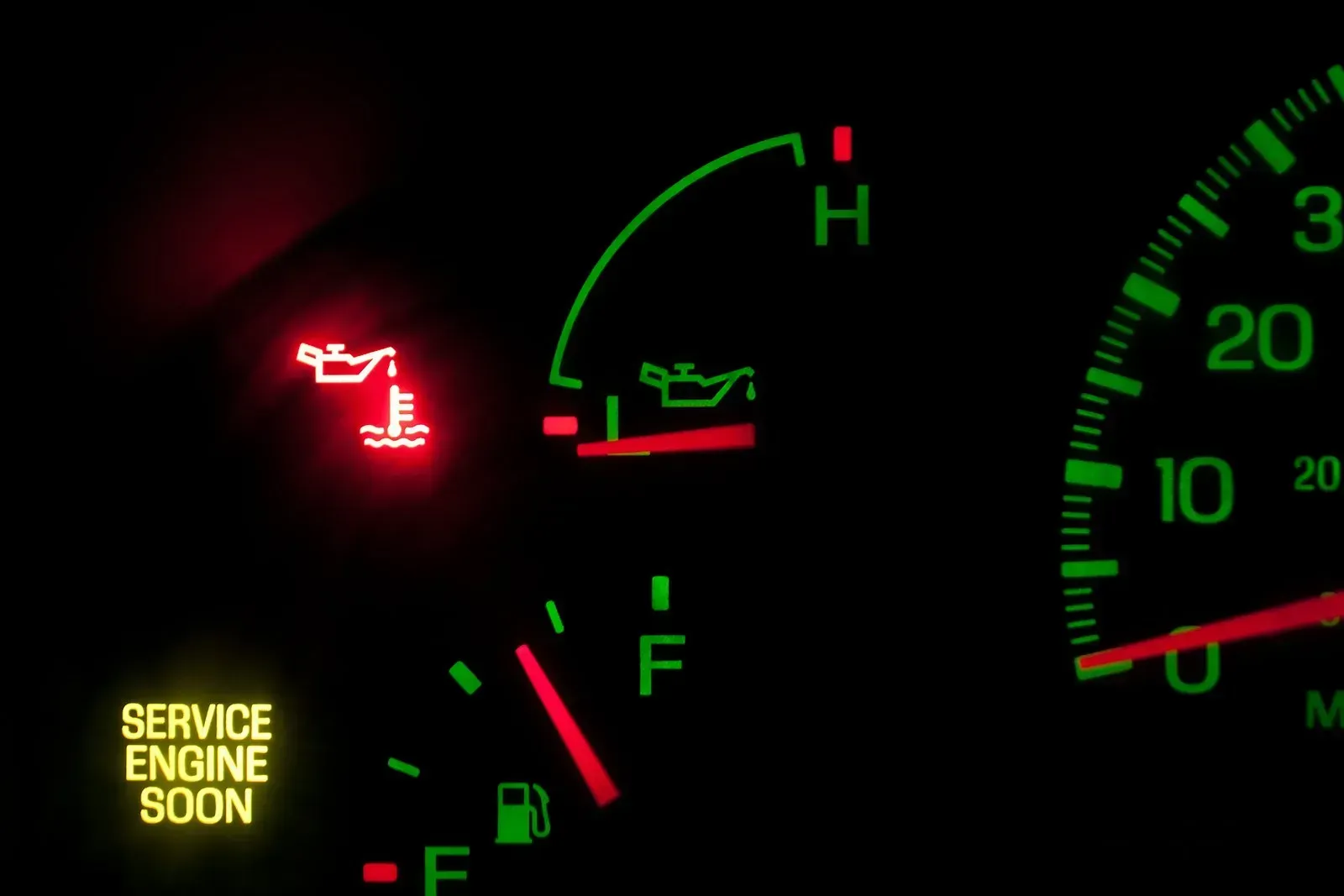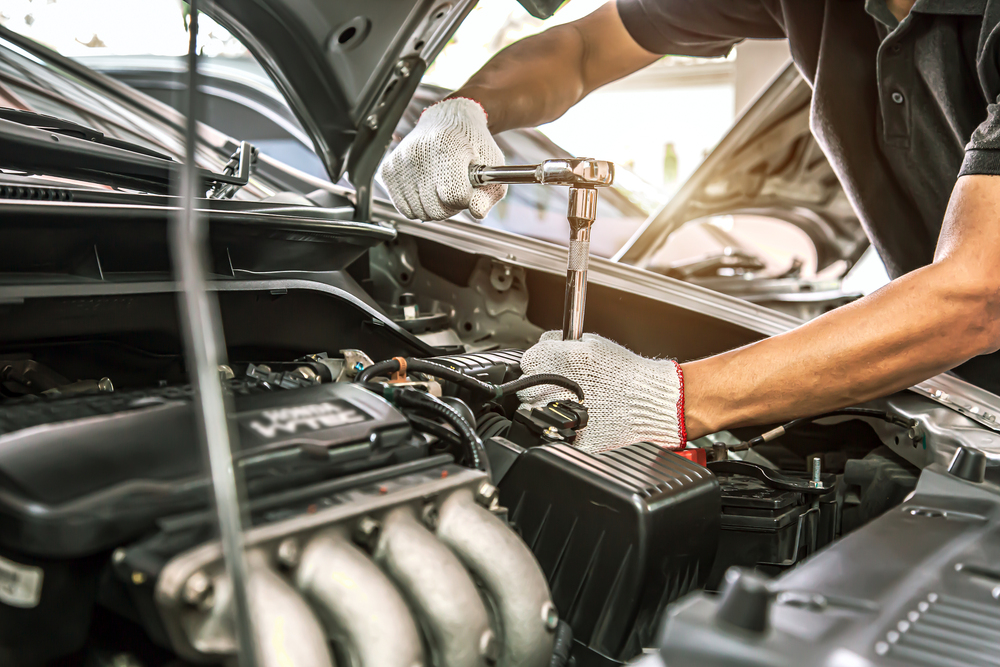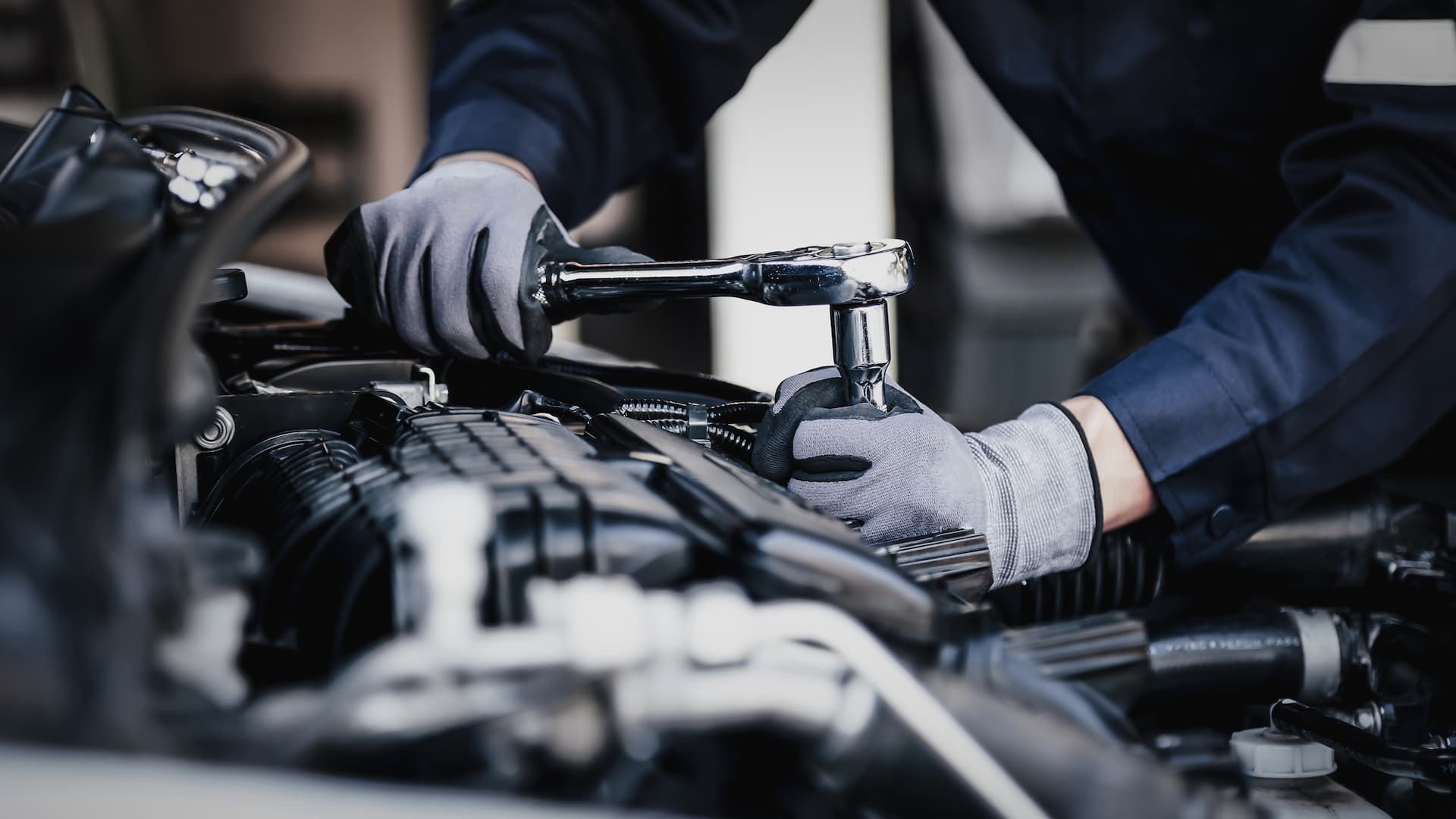Winter Vehicle Care Tips & Travel Resources In Hall And Gwinnett County

If you are able to stay home on a "snow day" then you might be enjoying today. Unfortunately in Georgia, we do not have the infrastructure to salt and clear roads and it can be very dangerous to drive in. Here are some helpful local resources for keeping up with travel conditions.
NATIONAL WEATHER SERVICE:
GWINNETT COUNTY
Road Cameras:
http://dotatis.gwinnettcounty.com/atis/html/
Road Closures:
https://www.gwinnettcounty.com/portal/gwinnett/Departments/Transportation/RoadClosures
Report an Issue:
https://www.gwinnettcounty.com/portal/gwinnett/AboutGwinnett/Transportation/ServiceRequest
HALL COUNTY
Local Conditions:
http://www.localconditions.com/weather-gainesville-georgia/30501/traffic.php
Emergency management:
https://www.hallcounty.org/454/Emergency-Management-Agency-EMA
https://www.facebook.com/hallcountyema
REMEMBER THE BEST WAY TO STAY SAFE IS TO AVOID DRIVING IN HAZARDOUS CONDITIONS!
The Car Care Council suggests motorists have their vehicles winterized to best ensure that you can depend on it. Please check out these steps or give us a call and let Team Ryan Automotive make sure your car or truck is ready for this winter!
Clean, flush and put new antifreeze in the cooling system. The owner’s manual will have usage specifications but the mixture of antifreeze (coolant) and water inside your vehicle’s radiator is typically 50:50. As a reminder, don’t make the mistake of adding 100 percent antifreeze, as full-strength antifreeze actually has a lower freeze point than when mixed with water. In the process, check containers, belts, hoses, the pressure caps and thermostat.
Check heaters, defrosters and wipers to ensure they are working properly. Wiper blades that are cracked or torn, or that chatter, streak and don’t properly clean your windshield should be replaced. Some manufacturers offer special winter blades that have a rubber boot covering the arm assembly to keep snow and ice out. When changing the blades, have the windshield wiper system nozzles cleaned and adjusted if necessary, and check the windshield washer reservoir in case it needs fluid.
Check the battery and charging system for optimum performance. Cold weather is hard on batteries and unfortunately, batteries don’t always give warning signs before they fail completely. If your vehicle’s battery is three years old or more, it’s wise to replace it. When choosing a replacement, make sure the new one has adequate capacity for your exact make and model.
Check the tire tread depth and tire pressure. Tires lose pressure when temperatures drop. If snow and ice are a problem in your area, consider special tires designed to grip slick roads.
The Car Care Council recommends changing your vehicle’s engine oil every 3,000 to 5,000 miles depending on your vehicle make and model, how you drive and the conditions in which you drive. Dirty oil can spell trouble in winter. The council recommends changing to a low-viscosity oil in winter as it will flow more easily between moving parts when cold. Have your automotive service technician check the fuel, air and transmission filters at the same time. Always consult your vehicle’s owner’s manual.
Schedule a tune-up as winter magnifies existing problems, such as pings, hard starts, sluggish performance or rough idling. A routine tune-up will restore a vehicle back to its normal operating state, and contribute to the overall efficiency of the engine and emissions system.
Check the brakes. This braking system is the vehicle’s most important safety item and brakes are a normal wear item that sooner or later will need to be replaced.
Check the exhaust system for carbon monoxide leaks, which can be especially dangerous during cold weather driving when windows are closed. Regular exhaust system checks are critical to maintain a safe vehicle.
The council also reminds drivers to keep the gas tank half full at all times to decrease the chances of moisture forming in the gas lines and possibly freezing. Drivers should also check the tire pressure of the spare and pack an emergency kit with the following items: ice scraper and snow brush, jumper cables, flashlight, flares, blanket, extra clothes, candles/matches, bottled water, dry food snacks and needed medication.
The Car Care Council is the source of information for the “Be Car Care Aware” consumer education campaign promoting the benefits of regular vehicle care, maintenance and repair to consumers. For more information, visit www.carcare.org.
WE CAN HELP MAKE SURE THAT YOUR CAR IS IN GOOD WORKING ORDER IN THESE COLD CONDITIONS! GIVE US A CALL OR REQUEST AN APPOINTMENT ONLINE TODAY!










